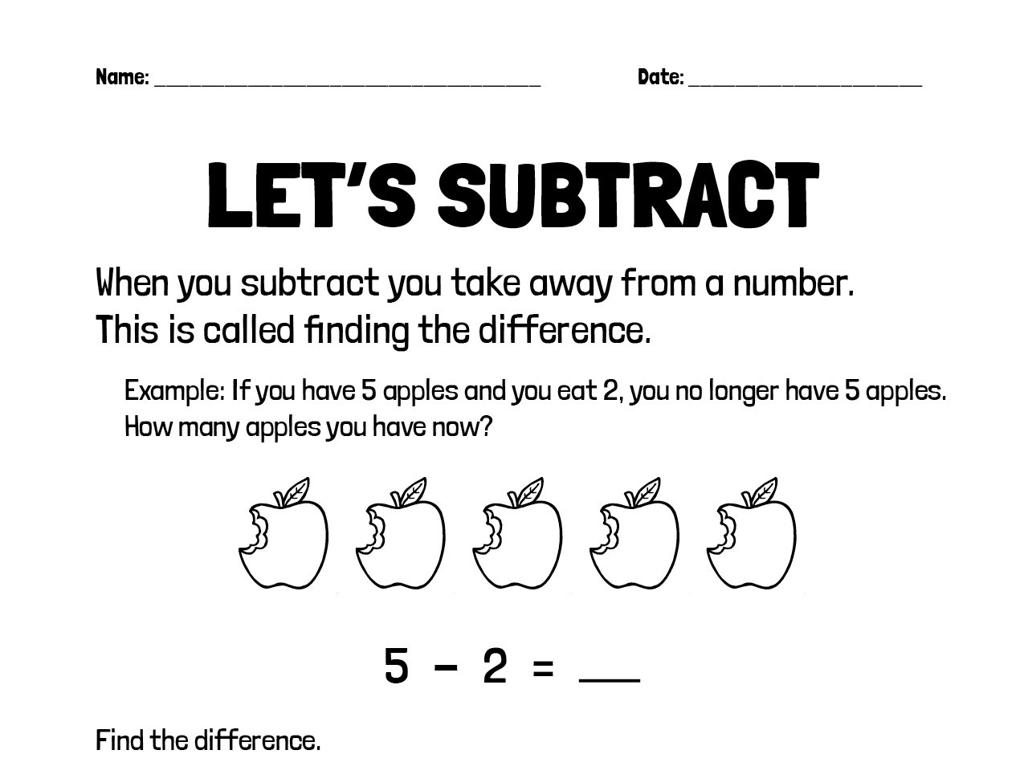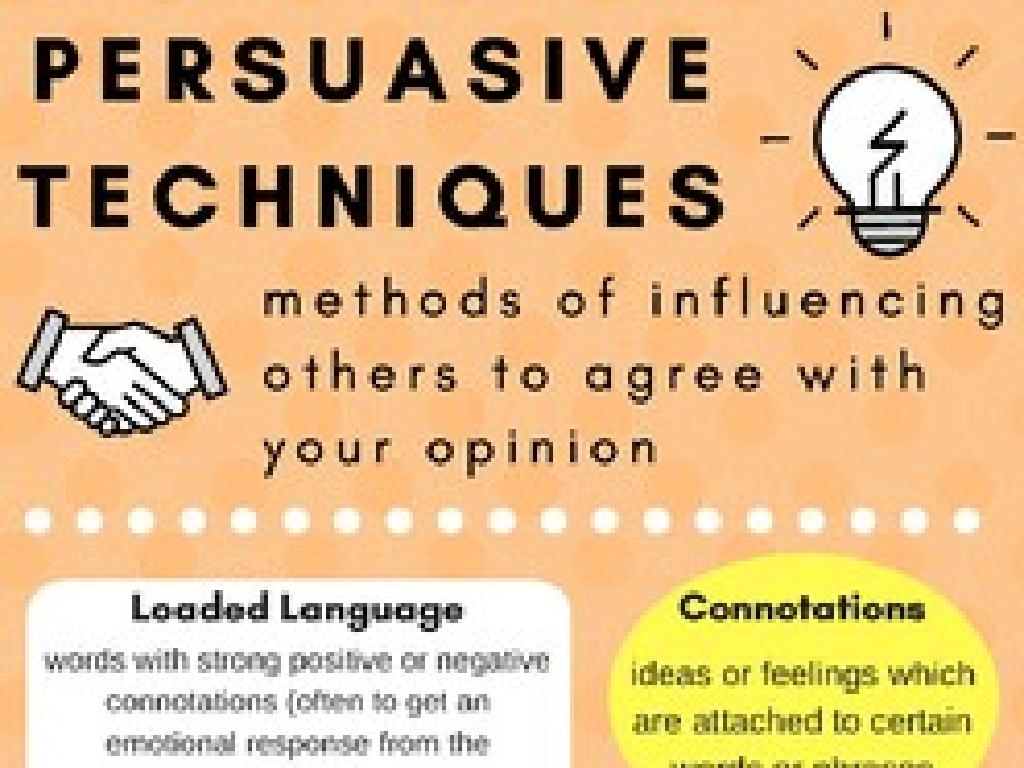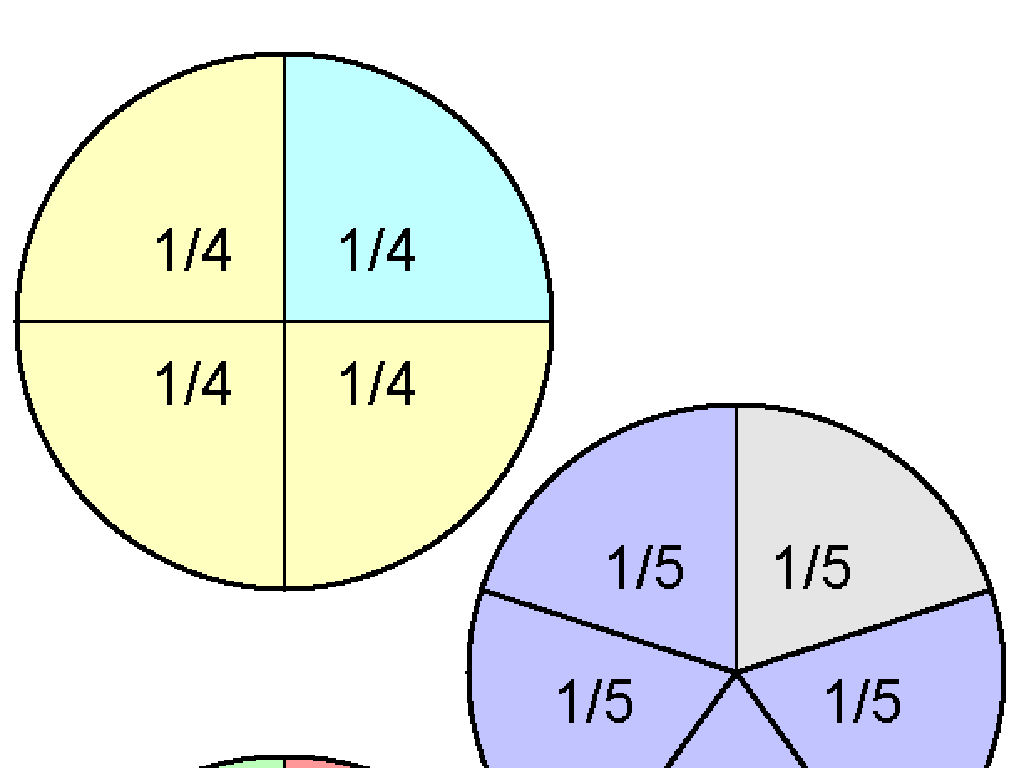Is It A Complete Sentence Or A Run-On?
Subject: Language arts
Grade: Fifth grade
Topic: Sentences, Fragments, And Run-Ons
Please LOG IN to download the presentation. Access is available to registered users only.
View More Content
Complete Sentences vs. Run-on Sentences
– What is a complete sentence?
– A complete sentence has a subject, verb, and expresses a complete thought.
– Identifying run-on sentences
– Run-ons are sentences joined without proper punctuation or conjunctions.
– Importance of sentence structure
– Practice distinguishing sentences
– We’ll do exercises to tell them apart.
|
This slide introduces the concept of complete sentences versus run-on sentences, which is crucial for effective writing. Start by explaining that a complete sentence must have a subject and a verb, and it must also express a complete thought. Then, describe run-on sentences as improperly connected sentences that can confuse the reader. Emphasize the importance of proper sentence structure for clarity in writing. To reinforce the lesson, engage the class with practice exercises where they identify complete sentences and run-on sentences from examples you provide. This will help them understand how to construct sentences correctly in their writing.
Understanding Sentences
– Sentence structure essentials
– A sentence needs a subject (who or what) and a predicate (what about it).
– Expressing a complete thought
– It’s not just words; it must make sense on its own.
– Example of a complete sentence
– ‘The quick brown fox jumps over the lazy dog’ has a subject and a verb and makes sense.
|
This slide introduces the basic concept of a sentence to the students. It’s crucial to emphasize that a sentence is more than just a string of words; it must contain a subject and a predicate, which together express a complete thought. Use the example provided to show students a sentence that includes all necessary elements and is understandable on its own. Encourage students to think of sentences as complete ideas and to be mindful of run-on sentences, which can confuse the reader. In the next class, we can have exercises where students identify subjects and predicates in sentences and determine if the sentence is complete or a run-on.
Understanding Sentence Fragments
– Define sentence fragment
– A fragment is an incomplete sentence that’s missing a subject, verb, or complete thought.
– Why fragments aren’t complete
– Without all parts, a fragment can’t stand alone as a sentence.
– Examples of fragments
– ‘Running through the park.’ or ‘After the rain.’ These lack a subject or verb.
|
This slide introduces the concept of sentence fragments, which are incomplete sentences. Explain that a complete sentence needs a subject (who or what the sentence is about), a verb (what the subject is doing), and a complete thought (it must make sense on its own). Show students how fragments often lack one of these elements, making them unable to stand alone as a sentence. Use the examples to illustrate common types of fragments, such as those missing a subject or verb, or those that start with a word like ‘because’ or ‘after’ but don’t form a complete thought. Encourage students to identify fragments in their own writing and practice turning them into complete sentences.
Run-on Sentences: Spot and Fix Them!
– Define run-on sentence
– A run-on sentence has two or more main clauses improperly joined without punctuation or conjunction.
– Tips to identify run-ons
– Look for sentences that seem too long or have too many ideas without proper pauses.
– Examples of run-on sentences
– ‘I love to write it is fun’ is a run-on because it combines two thoughts without a conjunction or period.
– Practice fixing run-ons
– Take a run-on and break it into separate sentences, or use a comma and conjunction.
|
This slide introduces the concept of run-on sentences to the students. Begin by defining a run-on sentence and explaining that it occurs when two or more independent clauses are joined without the correct punctuation or conjunction. Teach students to identify run-on sentences by looking for long sentences that lack proper punctuation, such as periods or commas, and coordinating conjunctions like ‘and’ or ‘but’. Provide clear examples of run-on sentences and demonstrate how to correct them by breaking them into separate sentences or by using the right punctuation and conjunctions. Encourage students to practice with their own examples and to be ready to share how they fixed run-on sentences.
Fixing Run-on Sentences
– Use periods to split ideas
– When two ideas are complete, a period can separate them into two sentences.
– Connect sentences with conjunctions
– Words like ‘and’, ‘but’, ‘or’ can join two sentences smoothly.
– Practice correcting run-ons
– We’ll practice turning run-ons into correct sentences together.
|
This slide is aimed at teaching students how to identify and correct run-on sentences. Begin by explaining that run-on sentences are made up of two or more complete ideas that are not properly separated. Show how using a period can turn a run-on into two separate sentences. Then, introduce conjunctions as tools to connect sentences in a way that flows and makes sense. For the practice activity, provide students with examples of run-on sentences and guide them through the process of correcting them. Encourage students to explain why they chose to use a period or a conjunction in their corrections. This will help reinforce their understanding of sentence structure and the use of conjunctions.
Let’s Practice: Sentence or Run-On?
– Identify: Complete or Run-On?
– Pair up and discuss answers
– Talk with your partner about why you think it’s complete or a run-on.
– Class discussion on examples
– We’ll review some sentences together as a class.
– Understand sentence structure
– Learn to recognize proper sentence construction.
|
This slide is for a class activity aimed at helping students identify complete sentences versus run-on sentences. Students will first work independently to determine if provided sentences are complete or run-ons. Then, they will pair up to discuss their reasoning, which encourages peer learning and critical thinking. Afterward, select pairs to share their examples and explanations with the class for a group discussion. This will help reinforce the concepts of sentence structure. As a teacher, be prepared to guide the discussion, correct misconceptions, and provide clear explanations. Possible activities: 1) Provide a worksheet with mixed sentences, 2) Have students write their own examples, 3) Create a game where students correct run-ons, 4) Use sentence strips for a sorting activity, 5) Implement a ‘sentence surgery’ where students use scissors and tape to fix run-on sentences.
Class Activity: Sentence Surgery
– Cut out provided sentence strips
– Identify errors in the sentences
– Look for missing subjects, verbs, or punctuation
– Correct the sentences
– Make run-ons into complete sentences
– Share your fixes with the class
|
This interactive class activity is designed to help students recognize and correct incomplete sentences and run-ons. Provide students with strips of paper containing various sentences. Some sentences should be complete, while others are fragments or run-ons. Students will work individually or in groups to identify errors and correct them, ensuring each sentence has a subject, verb, and proper punctuation. After the activity, students will share their corrected sentences with the class, fostering a collaborative learning environment. For the teacher: Prepare different sets of sentences for variety, and consider including some complex sentences to challenge advanced students. Encourage students to explain why a sentence was incorrect and how they fixed it. This will reinforce their understanding of sentence structure.
Conclusion: Sentences vs. Run-ons & Homework
– Recap: Complete Sentences vs. Run-ons
– Importance of sentence structure
– Clear writing is understood easily by readers
– Homework: Craft 5 sentences
– Use your creativity to make sentences
– Identify sentences as complete or run-ons
– Decide if each sentence is complete or a run-on
|
As we wrap up today’s lesson, remember that a complete sentence has a subject, verb, and expresses a complete thought, while a run-on sentence improperly combines two or more complete sentences. Good sentence structure is crucial because it makes our writing clear and easy to understand. For homework, students will write five original sentences. They will practice identifying whether their sentences are complete or run-ons, reinforcing today’s lesson. This exercise will help students recognize the structure of sentences and improve their writing skills. Encourage creativity and remind them to use different subjects and verbs for practice.





